
[ad_1]
Japan holds a special place in both Japanese and westerners alike. Chances are that you love something about or from Japan, whether it is its history, food, clothes, tech, arts, wrestling / martial arts, or folklore. This game blends these aspects into one. It’s easy to appreciate this game for its themes, and this is one of the reasons I loved Ghostwrite Tokyo.
Ghostwire Tokyo is the brand new game from Tango, a developer known for its survival horror Evil WIthin series, featuring Japanese sprits. However, the devs wanted to try something different, creating an action-adventure with an open-world setting this time around. However, Tango has added its own take on modern combat, garnished with puzzles and arthouse media to really make a standout experience.
Arthouse cinema and gaming come together
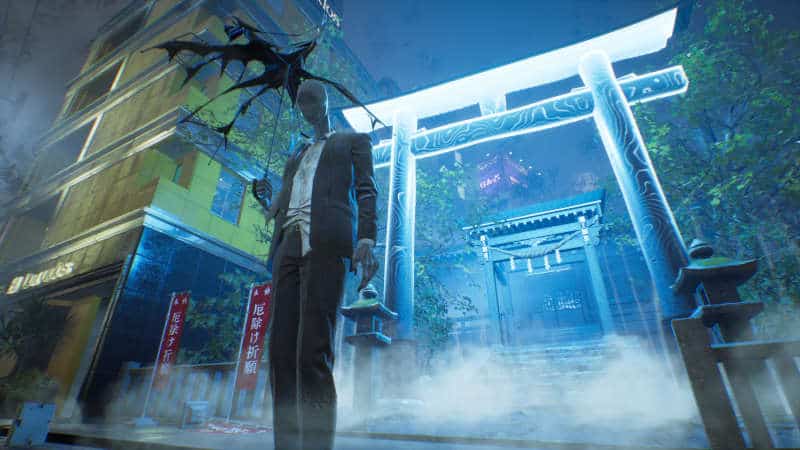
Before venturing into the realms of the game, we need to give exposition. Any literature, film, or media graduates are going to love this one. During the end-game credits, there is a special mention to the late great Robert Altman, a Hollywood director, writer and producer. Though, he is one of the original anti-Hollywood, known for his subversion, three-part equilibrium shattering and other cliches of the western film industry. Instead, Altman enjoyed subverting expectations, offering elements of counter-culture. He is also known for being against storytelling, instead, emphasizing motifs and themes behind his work.
Why do I mention this? Well, Ghostwire Tokyo is exactly that. For the Japanese audience, they will experience subversive elements aimed at their everyday lives. As for the western gamer, we need to pay more attention to the subtext than the narrative itself whilst also seeing how our culture gets subverted too.
If you pick up on the subtext of the game, both through the side and primary story, you will learn the game has much deeper human emotions than what the devs tell through the narrative. It is certainly an experience that left me feeling like I needed to talk to someone about what I just experienced. It felt like reminiscing of the days when you and your friends would talk about your experience with a great film (except I was under embargo, so that didn’t happen).
Also, the game uses quite a few literary devices you capture your attention. The game goes heavy on the concept of dark mirrors, mirrors, and foreshadowing dotted through the main and side plots. If you like engaging with mediums through subtext, there are certainly puzzles for you to figure out using these techniques.
The story went to the afterlife
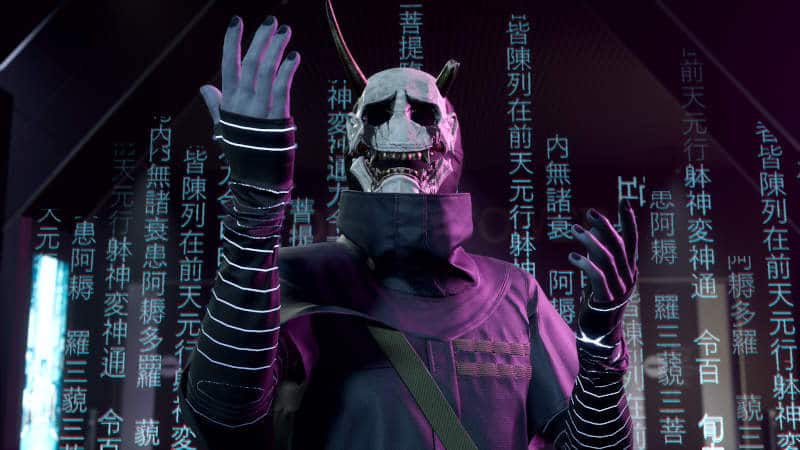
Altman worked harder on motif and theme rather than narrative, as mentioned above. As he inspires Ghostwire, its narrative takes a bit of a pitfall, but it has elements where it shines.
At the start of the game, you see your character, Akito, who has fallen off his bike on Shibuya Crossing. Then, out of nowhere, KK, the Wraith possesses you. Those nearby run off in fear, only to evaporate as a thick blanket fog rolls in. Then, you and this wraith possessing you start talking about what is happening, plot established. Anyway, you go to try to save your sister, who is being kidnapped from a hospital by the game’s antagonist and his henchmen. The tutorial establishes the plot, and now you’re dealing with a madman who wants to connect life and death into one realm of existence, and your sister is a big part of that apparently.
As the game goes on, Akito and KK learn to coexist with each other. Their relationship starts unaccepting of each other, but, as the game progresses we can see their relationship build in a natural and humanistic way. The game does a very good job of building connections and emphasizing the story in that way.
And then there are bad bits too. Some things feel like they are happening, without any real explanation as to why they are happening. Again, no spoilers, but you’ll know what I mean when you get to it.
One other factor that needs mentioning is the subplot. Through the main story, you’ll learn more about the characters related to KK. Some of it is through the main story, while the rest is through side quests. It is interesting that the side stories in this game feel rather important to the main story’s plot progression. This is a game that actively wants you to play its side quests if you really care about immersing yourself in the story. It’s one of the only ways that make the main plot in the later plots feel less chaotic.
Decades of RPGs inspire Ghostwire’s combat
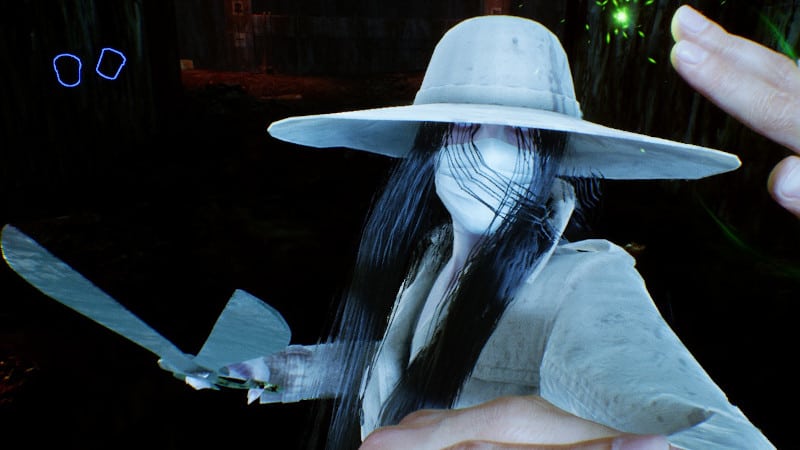
Ghostwire has had some help from other of Bethesda’s big IPs, such as Doom. In fact, Shinichirō Hara, one of the devs on Doom 2016 came to the studio to help the devs build its combat experience. Rather than running around with BFGs instead, you’ll use a variety of martial arts techniques, including Kuji-kiri, a martial art known for creating wards with your hands along with striking themed martial arts that you and your enemies partake in.
Kuji-Kuri, the hand symbol martial art also inspires the framework of the game’s combat, ethereal spells. As you play through the game’s early chapters, you will unlock three unique spell types: wind, water, and fire. Each one has its own strengths, the wind being your generic mid-range higher ammo count and light damage, water being your close range and medium ammo count, and your fire being the deadliest and long-range but lowest ammo count. You also get your hands on a bow if you fancied a more archery type playstyle, which also plays an important backup role in combat. You’ll see why as you play the game.
In addition, the game allows you to specialize in any of these themes if you wanted to. Through the world, you’ll find Jizo Shrines and Torii Gates. Torii Gates reward players with prayer beads, each with a purpose. Some increase your wind damage, while others increase fire and water. Some even make the bow better, while others empower other parts of your gameplay. Meanwhile, Jizo statues increased your ammo count, depending on the statue’s color. The game’s combat naturally prompts you to explore the map to increase your power level, and you can flex these powers during in combat so you can adapt to the fight’s requirements at your leisure.
As you play the game, you’ll unlock other key elements of your skill. You’ll get an ultimate ability, which unleashes a blast that stuns enemies and slows down time. You can also get Talisman’s, more limited versions of the Witcher’s signs. You can stun enemies with a talisman, perhaps give yourself cover to sneak around, or make it easier to expose and make them more vulnerable.
Overall, the devs had made quite an enjoyable combat experience filled with playstyles, personality and tactical prowess. There are certainly a lot of ways to play the game. On harder difficulties, you’re going to want to learn which of these tools are the best in the right situation, rewarding players who take the time to learn the game and think about each situation.
The open-world as a puzzle
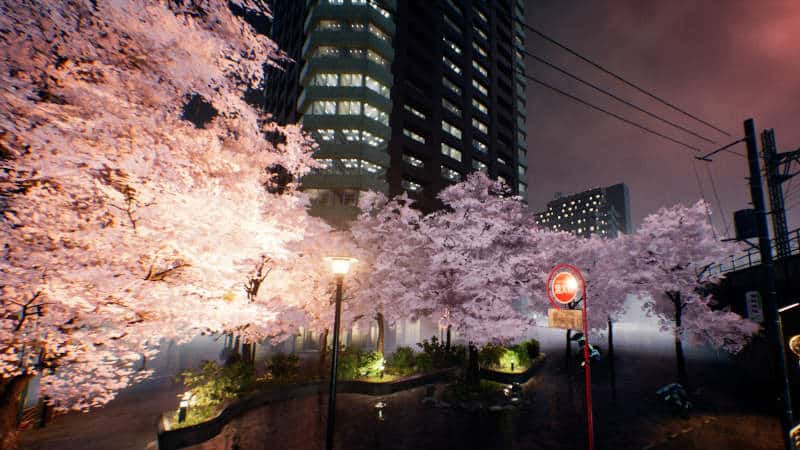
Open world games are starting to get a reputation of the open-world feeling empty. Considering Ghostwire Tokyo is about a Tokyo becoming a literal ghost town (pun not intended) the dev’s have a unique situation on their hands. Instead of making the world feel alive, they made the world feel like a 3D platformer and puzzle game.
You have relics, Jizo Shrines, and other collectables to find throughout the world. Some of these collectables reward you with player power, others money and vanity, and others strictly vanity. However, getting to them may require fighting through obstacles or platforming your way to them.
Finding these items can be done at your own pace and in various ways. You can ascend to the skyline of Tokyo using a variety of exploration tools. Climb stairs, find working elevators, grapple ghosts in the sky or ascend using outdoor construction lifts to the roofs. Here you can scan for items using your spectral vision, which helps highlight items nearby. Or, you can visit Torii Shines and make a wish at offering boxes to get objects of interest highlighted on the world map at a limited capacity. Or, you can use my favorite method, speak to cats and dogs in the world. Some dogs can escort you to objects, while cats will reveal clues of the whereabouts of collectables. The special cat merchants who collect relics also offer the player clues as to the location of collectables, albeit vaguely.
These tools make collecting items for completionism or player progression much more interesting. The best way to put it is the open-world feels like a puzzle, which rewards the player quite generously. You can even treat yourself to a brief history lesson on some items taking in that Japanese heritage and culture if you check out the item’s description in the game’s encyclopaedia after you find the item.
As a final statement on the open world, the game’s side missions are good. They don’t feel like generic collection quest, hunt a VIP, or other telltales of open-world RPGs. Instead, each quest offers insights into side plot storytelling or helps explore and educate the player on human experiences or learning about Japanese folklore. The devs certainly made the game’s exploration feel interesting and unique in that way,
Some repetitive gameplay loops
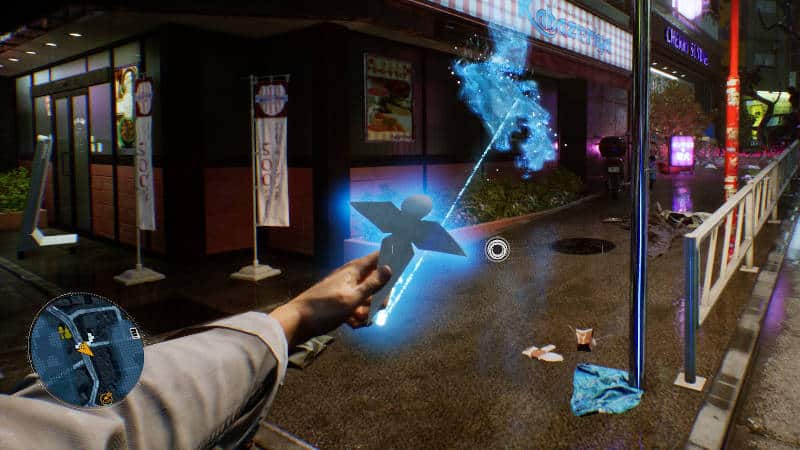
As you play through the game, you’ll realize that the primary method of getting experience and skill points is through spirits. As part of the game’s storytelling and world-building, lost spirits hang in limbo thanks to the fog that rolled in. It is your job to rescue them and send them off to return them to their bodies where it is safe.
Handing in souls rewards you with money and experience. As you get to the level 30 mark, you need to save 50 different sources of souls to increase the player level. Running around, scaling rooftops, dropping down, fighting off baddies for some souls over and over did start feeling tedious. The less tedious method to level up is to collect spirits as you play side quests and explore the world. It makes a tedious experience less tedious and feels more natural.
You likely won’t feel the need to level up all that if you’re playing on easier difficulties. However, harder level difficulty players will need to engage with this and grind away at spirits as the monsters do hit hard, especially the bosses. If this doesn’t sound like you’d enjoy grind, maybe wait for the new game plus as a first time experience on hard may irritate you.
Ghostwire Tokyo review conclusion
To summarize the experience of Ghostwire Tokyo, it is more than just a game in areas. We are supposed to look more into the game’s subtext and understand the human messages within. We are also supposed to go on a cultural trip, taking in the visuals and lore of the game and learning more about Japanese history and tradition as we go through. That is where Ghostwire shines the most.
For those looking for the next big RPG, filled with a great story, cast of characters, Ghostwire is sadly not that. It certainly has its moments that shine, filled with tremendous visual and auditory experiences, but it’s not groundbreaking outside of that. However, it does boast a great combat experience to get you through the narrative and the game’s somewhat repetitive gameplay loop and lacking plot points.
In summary, the game is a fun action-adventure game filled with great combat and puzzles. GW: T easily excels for those who value art in their games or perhaps an educational experience. However, it does obvious flaws in its grindy elements and weak narrative. If you’re looking to grant the game, we recommend looking at what you want from a game before jumping head first blindly, as you may be pleasantly surprised or thoroughly disappointed.
[ad_2]






